L’heure Bleue “The Blue Hour”
The term has a lot of associations. From Guerlain’s L’heure Bleue perfume created in 1912, to human disposition, as in “beating the wintertime blues”, to a time of innocence, such as that used to describe Paris just prior to World War I, a definition of the blue hour is difficult to nail down.
That is, until you see it. Even then it will defy words. Or more accurately, especially then, it will defy words.
On a road trip to North Dakota this year I captured the photo below at dusk. Looking through the windowpane at the frost and bits of snow clinging to the glass, I was taken aback with this dream scene.
I’d heard the term used for the golden hour of photography, was familiar with Roy Orbison’s “When the Blue Hour Comes”, knew that in Scotland it’s referred to as “gloaming”, had heard the German term ‘alpenglow’ used to describe a similar effect (specifically that which occurs on mountains), and had even read (and amazingly recalled) a Victorian era term ‘Belt of Venus’ that was used to describe the blue or golden hour.
But I’d never captured it so eloquently.
When my camera stopped clicking and my host broke the silence, she said “it’s the blue hour. Isn’t it something?” I thought I’d cry.
So impressed I was, some research was in order. The effect appears to be exacerbated in colder climates. But it’s not the temperature, rather the snow on the ground absorbing the red light frequencies, that give a more vividly blue appearance than in climes without snow. Light scattering (Rayleigh Scattering) is also at work but this is not a scientific post so that’s all I have to say about that.
Films and digital cameras have differing dynamic ranges (it’s very difficult for anything electronic to achieve the same dynamic range as the human eye). This frequently translates to a more saturated blue capture than what appears to our bare eye. Here’s a photo with my point and shoot Sony just before landing in Jackson Hole, Wyoming. It’s ummm, very berry blue.
The stab of the direct summer sun means 3+ months of discomfort for me. Having been born and raised in this area, you’d think my body would be used to it. It’s not. As a child I read Heidi every summer to mentally escape the heat of North Texas/Southern Oklahoma. Every winter I prayed for snow. Seldom were my prayers answered. Until that is, I took a career promotion and moved to Jackson Hole, Wyoming to launch and run the Bank of Jackson Hole’s Trust Department. With all the glorious snow and the diamond dust sparkle of temperature inversions, all my childhood prayers were answered the first winter!
This summer was a mild one and yet I can’t wait to watch the fire crackle in the fireplace. To look out the window and see a vivid winter sunset catapult through the pristine air heralding an Oklahoma blue hour makes me giddy. And it’s just around the corner.
Here are a few more of my favorite L’heure Bleue photographs.
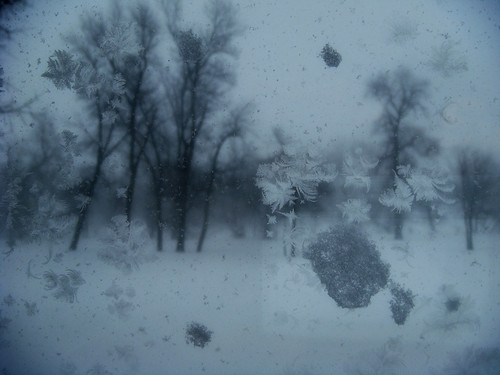
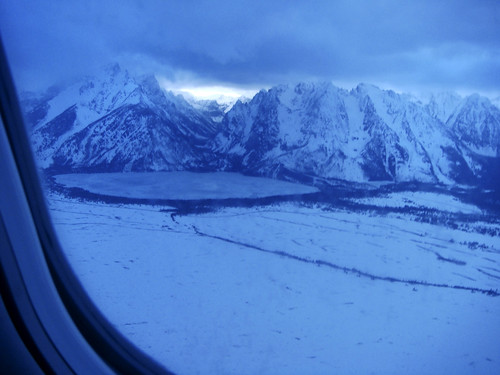
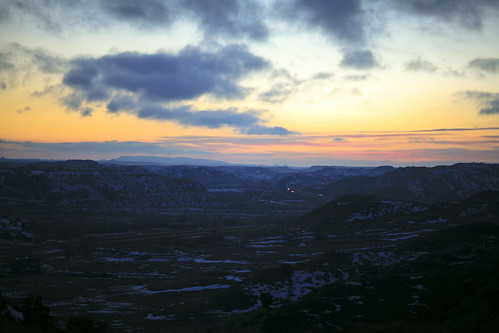


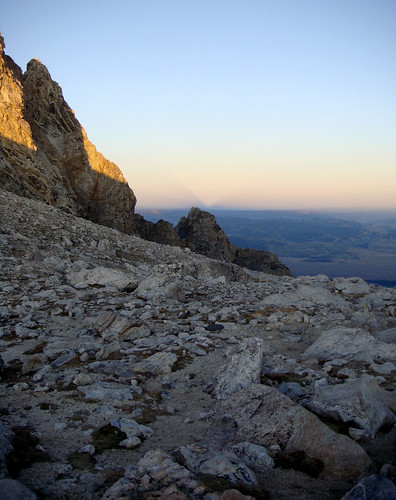

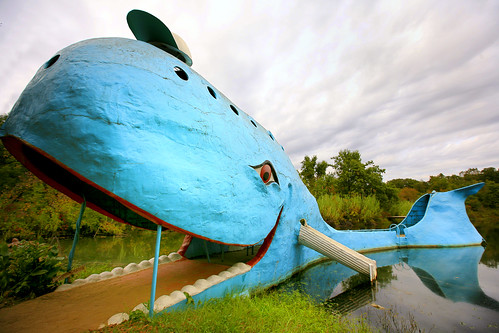
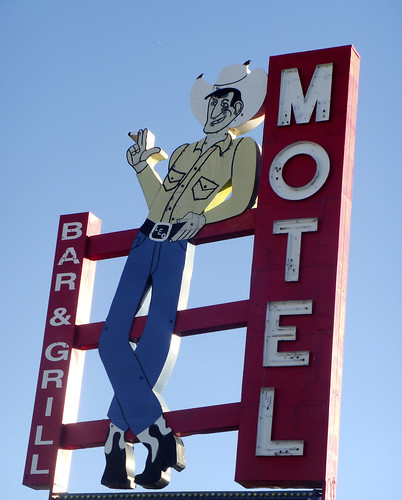

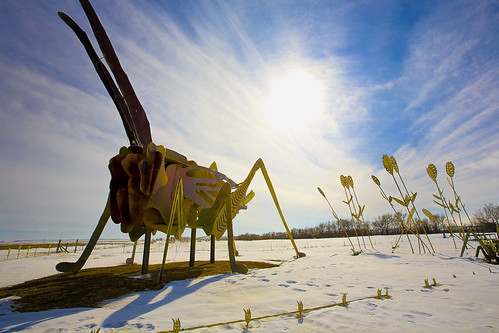
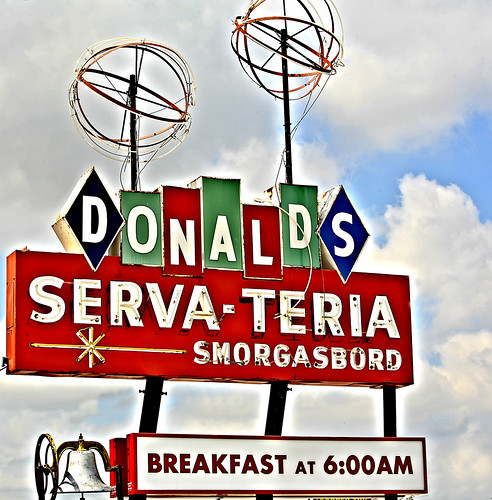
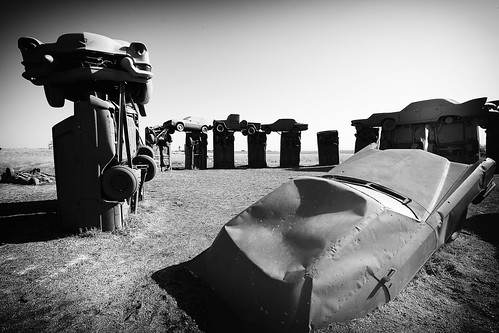
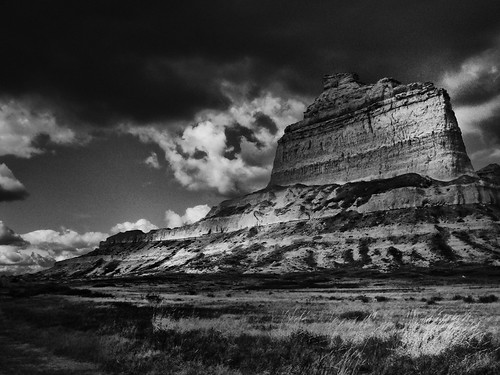

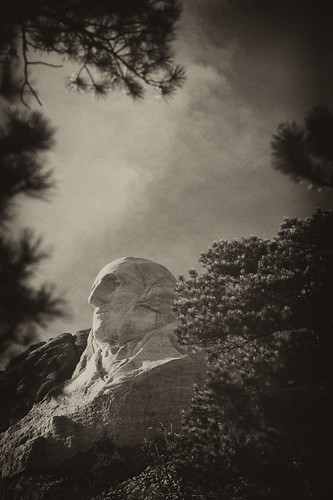

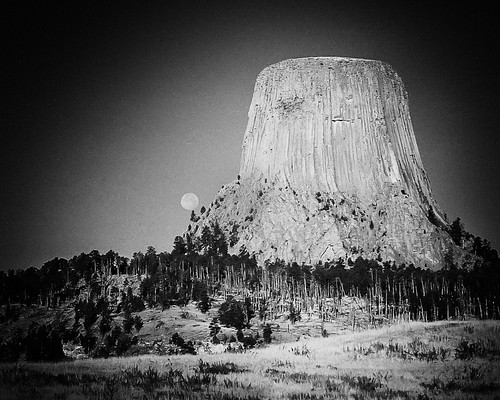
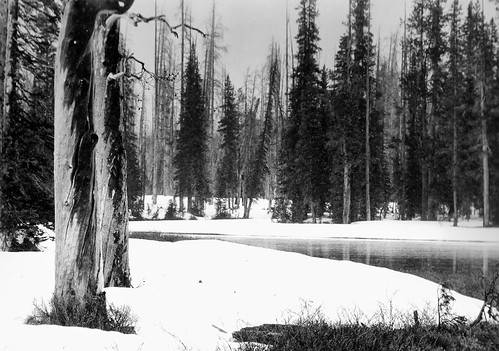
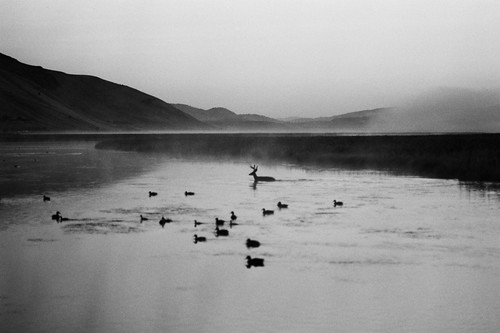

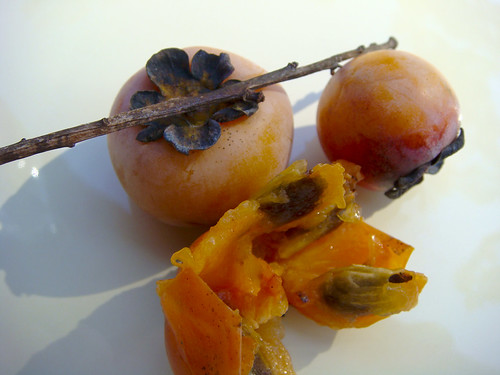
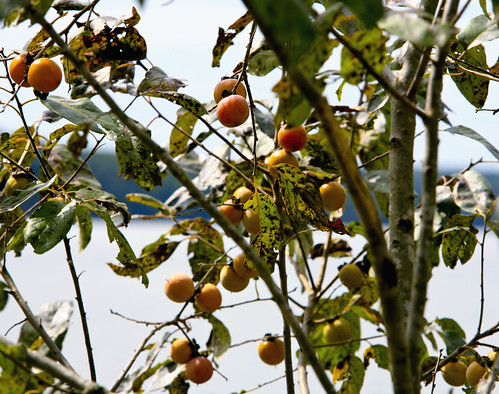
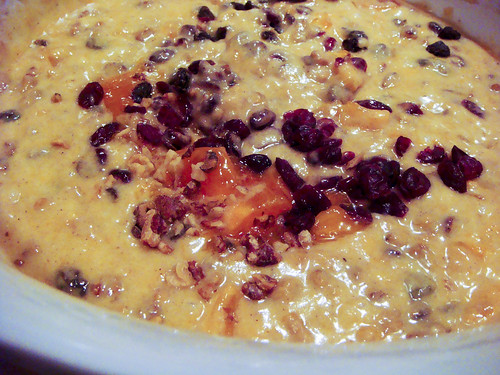
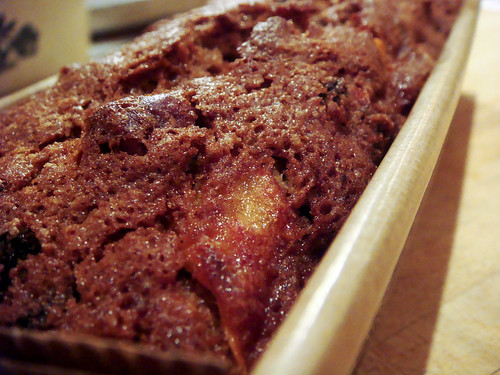
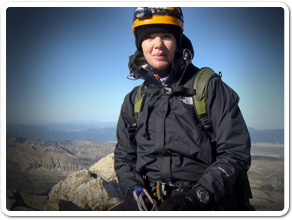
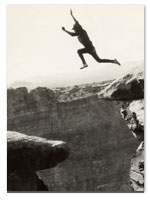 About SRT... I’m a traveler, writer and photographer for whom the open road frequently summons. Adventurous solo road trips are a staple for me, and a curiosity. So I created this website to share them and inspire you to step out and give them a try. Welcome!
About SRT... I’m a traveler, writer and photographer for whom the open road frequently summons. Adventurous solo road trips are a staple for me, and a curiosity. So I created this website to share them and inspire you to step out and give them a try. Welcome! 
